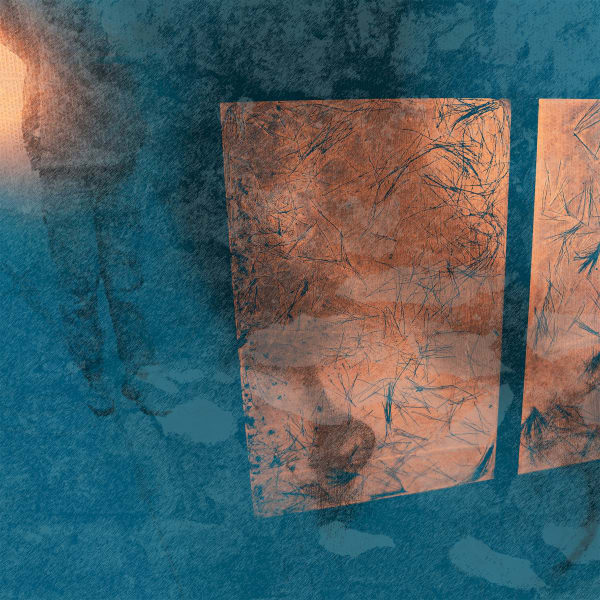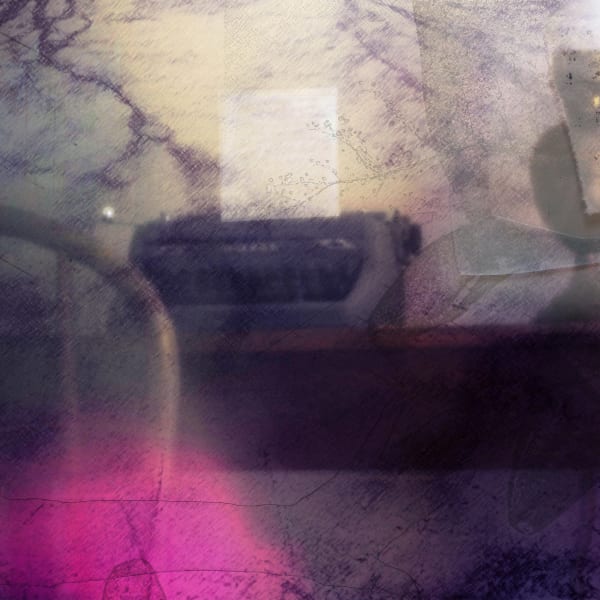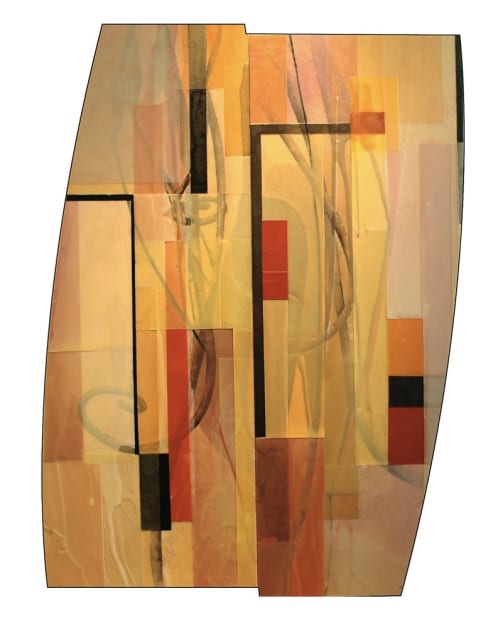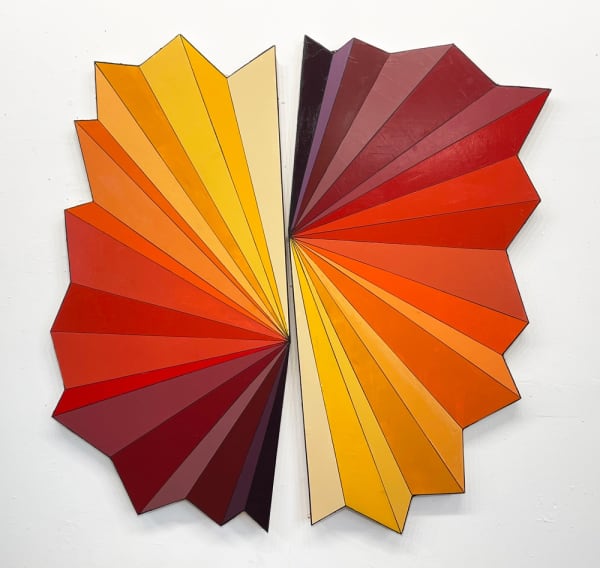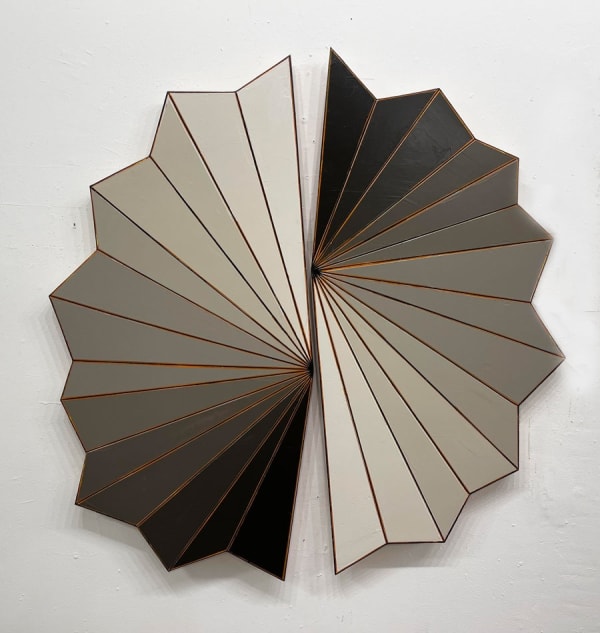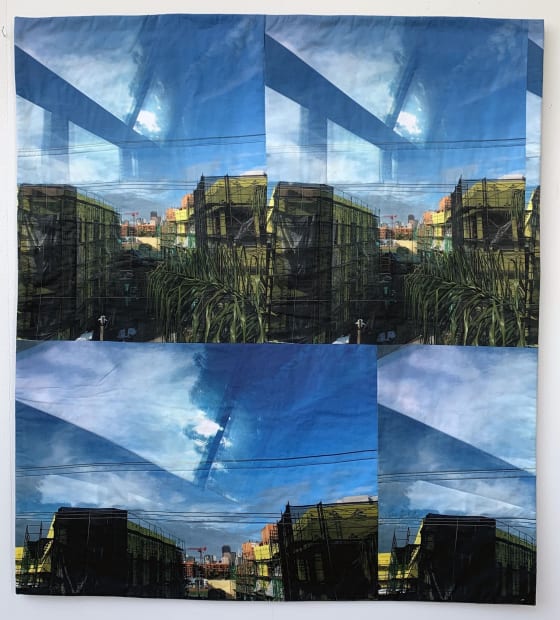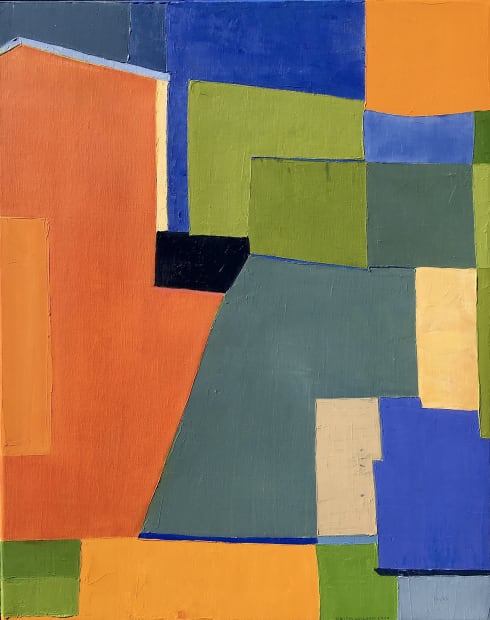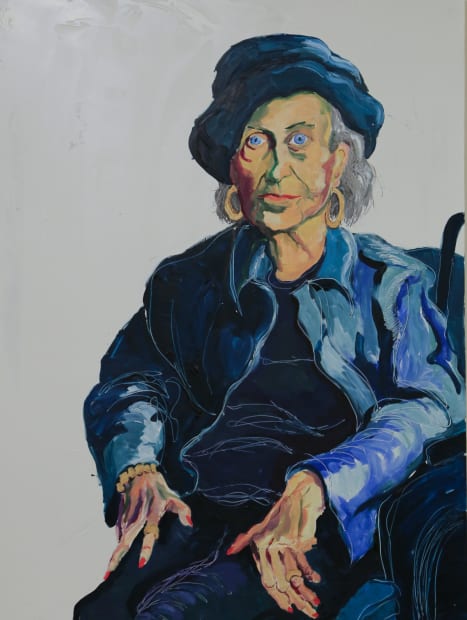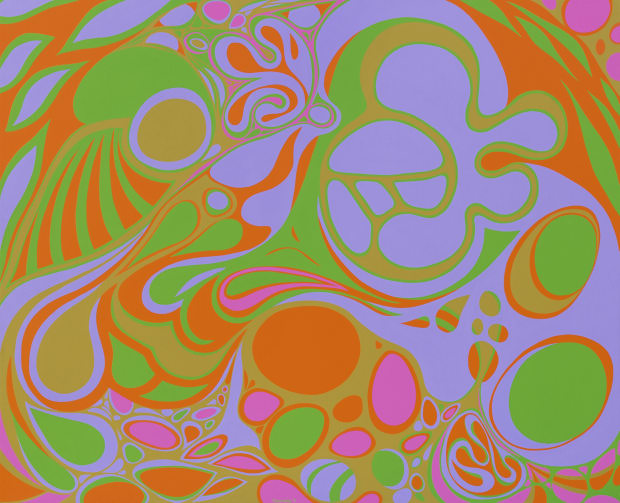-

-
-
Building Bridges, Breaking Barriers exhibition is a call for attention and an attempt to address the profound issue of ageism engrained in our society. The pandemic era has not only helped unmask, but negatively fueled the already existing ageist sentiment, promoting the troubling narrative about the value of older adults in our society.
This two-part exhibition series aims to help break barriers in perception by recognizing the unique agility and skill possessed by professional older artists at the pinnacle of their careers, their continued value and contribution to the arts and society, leading us to building bridges of an intergenerational nature.
-
The exhibition highlights artists who are particularly notable for their ability to transform their oeuvre in the thick of their careers. Each artist displays a selection of works that represent evolution and, sometimes, rupture from earlier works, demonstrating a compelling ability to take risks, break new grounds and shape attitudes through their artistic practice.
Drawing artists from a range of disciplines, from quilt-making, drawing, painting, ceramics, to photography, the exhibition reveals that curiosity, unbound imagination, and inventiveness are defining characteristics that only come with age.
Artists: Beth Fein, Howard Hersh, Joan Schulze, Keith Wilson, Corey Weiner, Liz Mamorsky
Curator: Hanna Regev
-
-

Beth Fein, Broken Painting Remains Unfinished, 1987
-
"Sheltering in place has altered the physical space and the community that contextualizes my art practice. The Dream works were created while in quarantine. They capture the emotional stress of working in isolation while the world is spinning out of control with COVID-19, the ongoing protests and politic chaos that surrounds us. These prints layer my subconscious, my photographs, pinhole photographs and my hand-pulled etchings & screen prints."
Beth Fein
-

Howard Hersh, Straight Forward Curves, 2006
-
"As a full time artist in my senior years, I equate my age not negatively, but with an accumulated wisdom, both creatively and technically."
Howard Hersh -

Joan Schulze, Cloud Riding, 1983
-

Joan Schulze, Fata Morgana #4, 2020
-
"From the beginning of my artistic life, I included non-traditional practices in making my quilts. In the 1980s Cloud Riding was considered groundbreaking. There is never a bridge too far during my search for the new."
Joan Schulze -

Keith Wilson, The Ascent of Architecture, 1985
-

Keith Wilson, Forest Houses Series.04, 2020
-
"My artistic work has always been generated by an intense internal direction. I discontinued my professional architecture practice in 2000 to devote full attention to painting. Changing medium to oil paint allowed me to develop at a much bolder scale while still remaining focused on color and constructed forms. The direct formal study of architecture faded as a subject of my paintings, replaced by pure abstraction and visual relationships."
Keith Wilson
-

-

Corey Weiner, Estelle, 2018
-

Corey Weiner, She Wants Something, But..., 2021
-

Liz Mamorsky, Madrone, 1971
-

Liz Mamorsky, Street Jazz Series, 2020
-
"The only barriers I had to break were my self-imposed ones."
Liz Mamorsky
Building Bridges: Breaking Barriers: Part One
Past viewing_room


